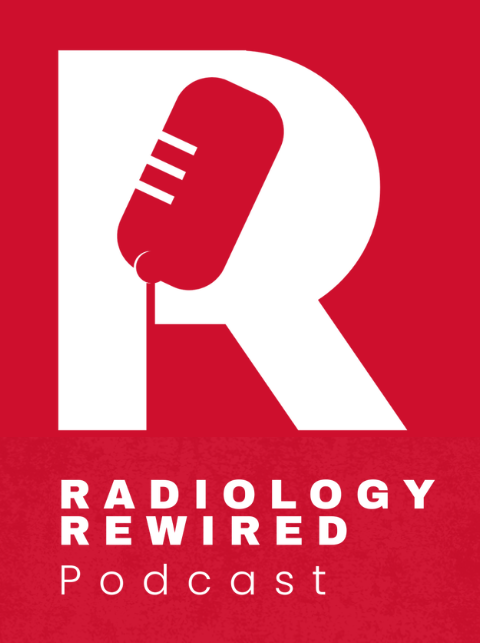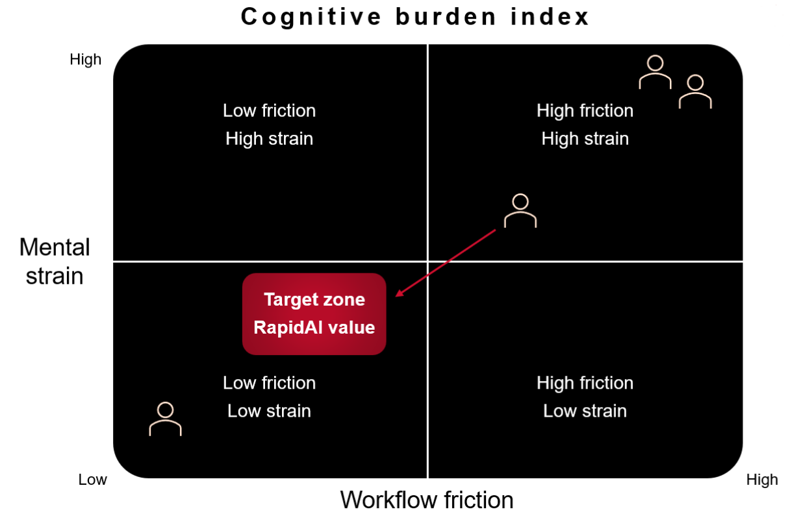Landmark stroke trials DAWN and DEFUSE 3 led to a paradigm shift in acute stroke care. The trials expanded the eligibility for endovascular thrombectomy (EVT) treatment in large vessel occlusion patients who presented within 6 to 24 hours from symptom onset. However, the trials included patients with small ischemic cores detected by CTP or diffusion-weighted imaging.
Can recanalization with EVT improve functional outcomes in ischemic stroke patients presenting with ASPECTS ≤ 5 within 6 to 24 hours from symptom onset?Dr. Gabriel Broocks and co-authors did a retrospective cohort study analyzing patients who met the inclusion criteria from the German Stroke Registry-Endovascular Treatment (GSR-ET). The study's findings suggest that endovascular recanalization was associated with better functional outcomes in ischemic stroke patients with extensive signs of infarction presenting in the late treatment window.
Key takeaways:
- Successful recanalization was independently associated with a higher probability of reaching favorable functional outcomes at 90 days.
- 75% (215/285) of ischemic stroke patients with ASPECTS ≤ 5 and presenting 6 hours after symptom onset had successful recanalization following EVT.
Study design
All patients in the retrospective cohort study were enrolled in the GSR-ET. The GSR-ET is an ongoing, open-label, prospective, multicenter registry of 25 stroke centers in Germany collecting data on consecutive patients undergoing EVT.
Patient inclusion criteria:
- Anterior circulation large vessel occlusion
- An ASPECTS ≤ 5 on NCCT scans
- Presented in the late treatment window (6-24 hours)
- The diagnosis and treatment decisions were made based on CT scans after admission to the stroke center
- Underwent EVT and were treated between July 1, 2015, and December 31, 2019
The primary endpoint was favorable clinical outcomes or Modified Rankin Scale (mRS) ≤ 3 at 90 days. The secondary endpoint was functional independence at 90 days or mRS ≤ 2 and early neurological improvement.
Successful recanalization was associated with favorable functional outcomes.
Of 6,635 patients from the registry, 285 patients met the inclusion criteria.
The rate of successful recanalization was 75% (215 of 285). Successful recanalization was independently associated with a higher probability of reaching favorable functional outcomes at 90 days.
79 patients (27.7%) had favorable functional outcomes or an mRS ≤ 3 at 90 days.
Further analysis suggested significant treatment benefits associated with recanalization in the extended time window, for up to 17.6 hours, and ASPECTS of 3-5.
The authors noted that the success rate of favorable outcomes following EVT and recanalization in this late treatment window study was similar to previous studies that included patients with low ASPECTS in an early treatment window. Therefore, the results suggest that patients with large infarcts could benefit from EVT treatment in an extended treatment window.
Further randomized clinical trials are needed to investigate EVT in ischemic stroke patients who show signs of extensive infarction in the extended time window.
RapidAI for stroke
RapidAI is a leader in clinical research and partners with global registries like the Stroke Thrombectomy and Aneurysm Registry (STAR) to help support physicians across health systems to deliver high-quality care for patients with stroke.
Check out Rapid ASPECTS, the first and only neuroimaging software shown to improve reader diagnosis under the FDA’s CADx classification.

